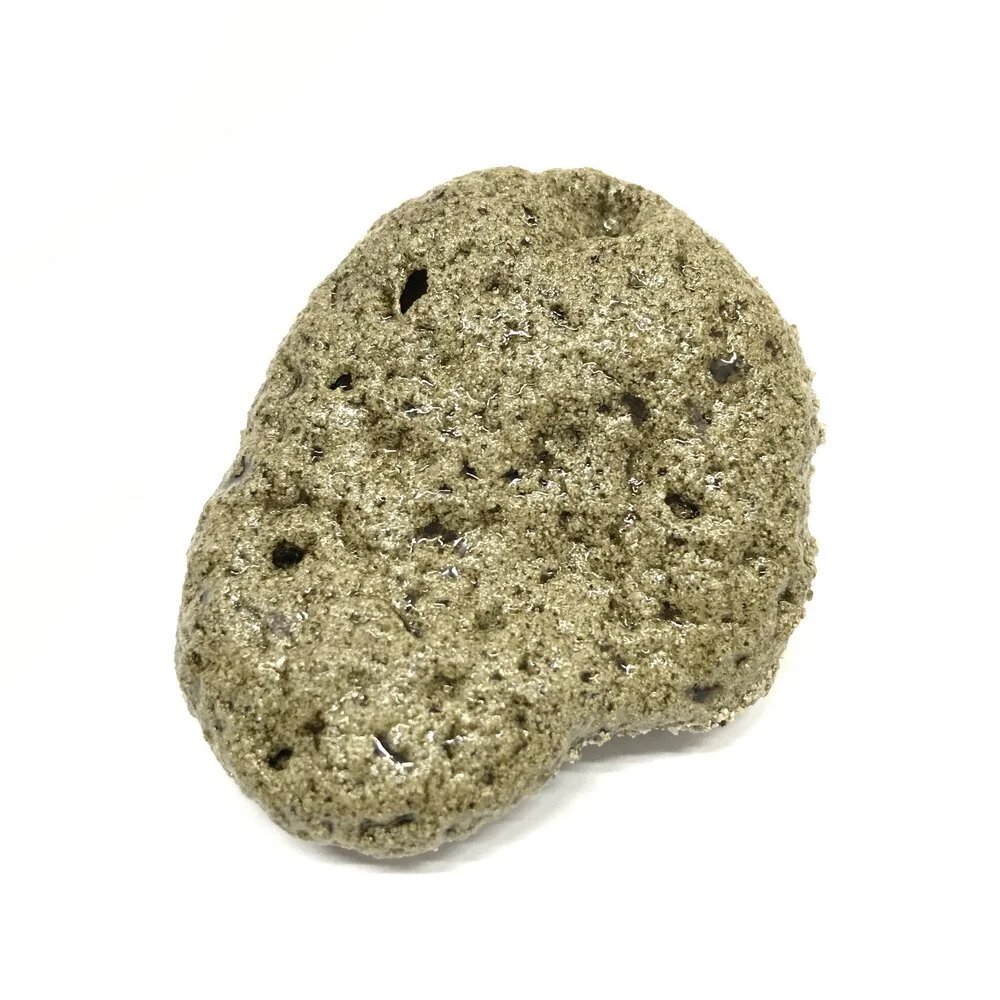EDX
Energy Dispersive X-ray Spectroscopy is not a phrase I imagined I might learn, just a few months back, but it’s fast becoming one which begins to raise goosebumps.
The idea that hitherto generic materials, like “wood-ash”, which vary considerably from batch to batch (even when processed from exactly the same tree!) could be empirically indexed is very exciting. I am, however, entering into this whole enterprise thinking about it as a rare academic opportunity rather than a panacea. Michael Cardew shares his wisdom and caution on the subject on page 37 of ‘Pioneer Pottery’:
"...[clay] analyses are only misleading if we allow ourselves to be misled; the enlightened student will know how to use them for the valuable information they contain, while not forgetting what their limitations are..."
He goes on to say that:
“You cannot know too much about your subtle and elusive raw material, and reliable data on its chemical composition are surely among the essentials”
One of my wood ashes comes from left over construction timbers after I built my wife’s studio: I burnt it in a metal dust-bin-incinerator. Another batch of ash comes from burning a mix of local hard and softwoods in our open fire. - They are made from different raw materials, produced in different ways, they look different, and they behave differently as glaze ingredients. And the EDX now offers the possibility of insights into why.
By using the Backscattered Electron sensor, the images produced from a given sample look less 3D; there is little sense of the topography, but the relative density of the materials in your sample are shown in lighter or darker greys. An area of the image showing particularly light or dark artefacts might be considered for EDX analysis. So the BSE images act as a steppingstone to the EDX.
Before diving into the EDX of each of my ash samples, I wanted to test the sensitivity of the equipment. Knowing that wood-ash is not a particularly homogenous material it seemed clear that I would need to test a reasonably large target site, and that accuracy would come from this approach. But the EDX software was set by default to take a ‘fast’ reading, regardless of the area/size of the target site. In the spreadsheet above you can see that when the EDX was given more time on the same sized target site, additional sensitivity was achieved resulting in a larger number of elements being detected. Notably, in my tests, Potassium (actually present in very large quantities) was not detected at all at faster scan speeds. Phosphorus and Sodium also appeared in volumes much greater then ‘trace’ when additional time was given.
Even with a large sample area of around 1x1mm (huge in SEM terms), 5mins was sufficient to pick up the elements of interest to potters and seemed to provide results which were reasonably consistent with data taken over twice the time period.
Initial results from my somewhat unassuming ash samples, were quite exciting, and I couldn’t help sharing my enthusiasm with Chris Jenkins via Instagram. To my amazement, he then shared that he had been working on making glazes with ash processed from 5000 year old bog wood(!). Once I had picked my jaw up off the floor, I immediately saw the exciting opportunity to collaborate! Tentatively, I offered to test Chris’ extraordinary ash in the EDX, and to my great surprise, he jumped at the chance!
After waiting like a nervous school boy for the postman, I could not believe the colour of Chris’ Bog-Ash as I was now calling it. The warm orange/pink ochre hinted at a high iron content, or maybe titanium in the form of rutile, and I couldn’t wait to get the real comparative results in from the EDX.
Chris was kind enough to send a sample of his own washed mixed ash, so we now had four ‘real world’ samples to compare to the standard, averaged analyses available online. (I am using the formulae available on Digital Fire)
With data pouring in from the EDX, I was able to compile a spreadsheet comparing relative elemental composition. The data from DigitalFire was in molecular form so I had to extract elemental weights using a convenient online Percentage Composition calculator.
In the image above, the blue columns detail percentage Weight (w), and the white column show percentage by Atoms (a). It’s useful to remember that the heavier atomic elements can appear to dominate a sample when shown by %w, and yet there are relatively few actual atoms relative to other elements.
I still find it fascinating that nearly half the weight, and over half the atoms in these ash samples is comprised of Oxygen, a material which (at least in our everyday lives) we so often assume to be somehow “weightless” in it’s gaseous form.
In terms of results from the ash comparisons, it seemed pretty striking immediately that my unwashed ashes have around ten times the Potassium and twice as much Sodium as Chris’ washed ash. Calcium seems not to be so affected by washing (if we can assume that this is the cause).
The zero iron and manganese content of my ashes (relative to Chris’) means that I can add iron from local clays if required. But clearly, most striking of all if Chris’ mad 5000 year old bogwood ash: with 25% iron and 20% calcium, it is closer to a fluxing colourant than a typical ash! It’s been a real privilege, not only to use this equipment, but also to get this insight thanks to Chris’ generosity and openness. I would encourage you all to check out his and Micki’s beautiful work and to support their wholesome and sensitive contributions to the world of British Ceramics.
Over the next week or so I will gather the last few EDX spectra for the high-fired local clays, and write up my findings: The comparative values of atomic elements present in five sample clays at raw, 1000c, and 1250c will be the main topic of my next blog post. Thanks for reading!














